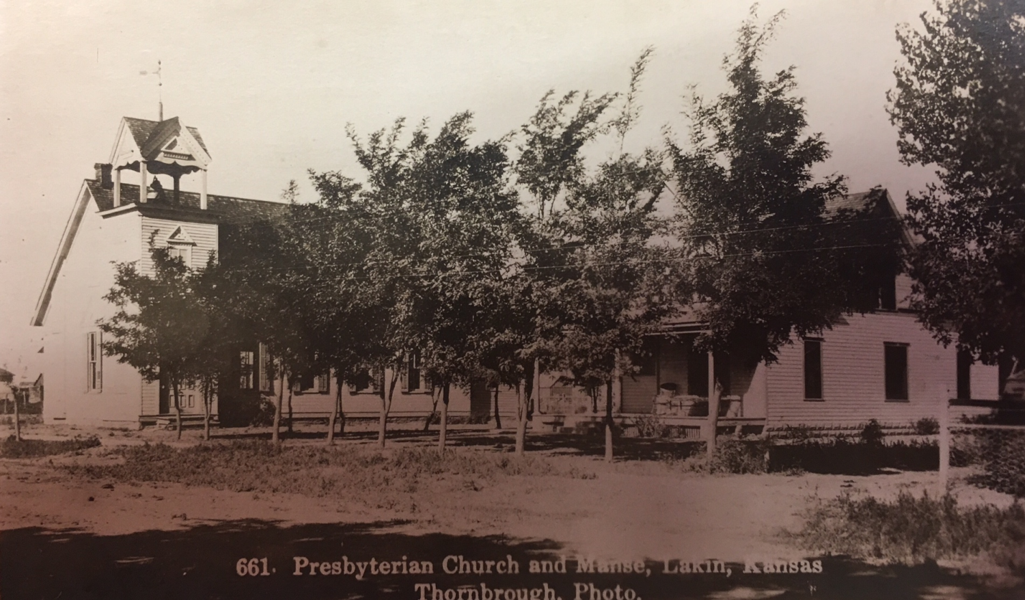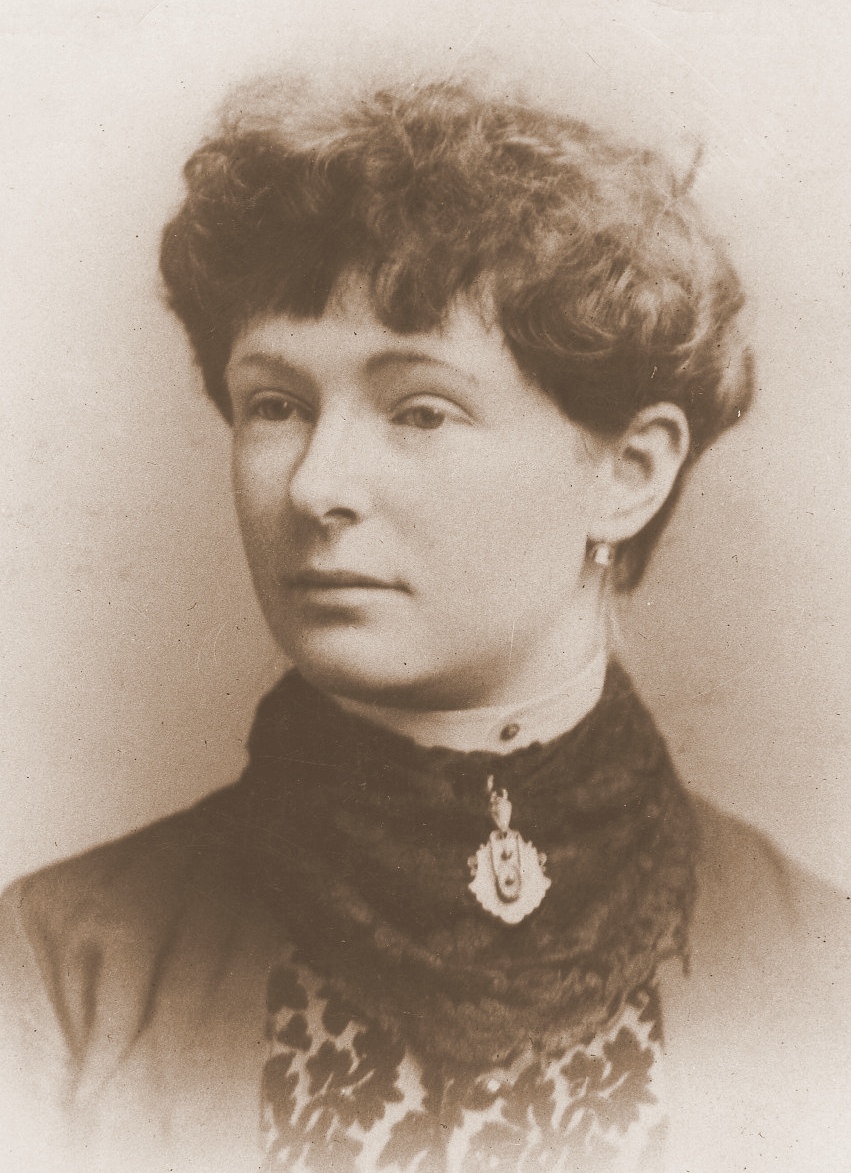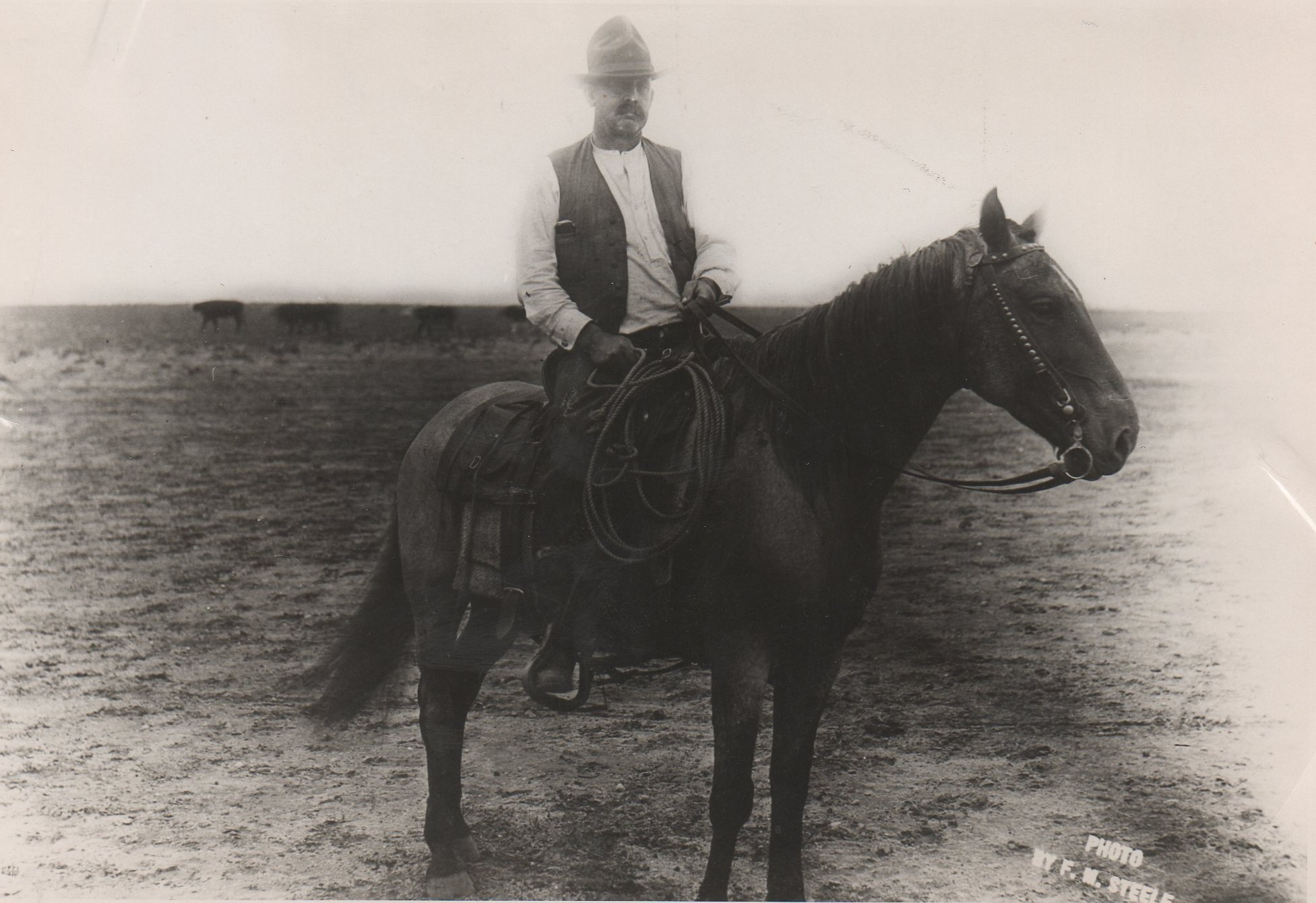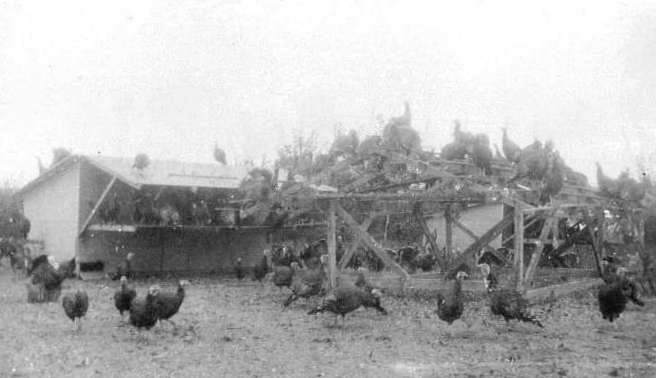Kearny County Museum takes this opportunity during Women’s History Month to recognize Mary Campbell Thornbrough for her tenaciousness, generosity, and commitment to the Lakin community.
Always a loyal booster and supporter of the Boy Scout movement, Mary Thornbrough was presented the “Guardian of Scouting” award in a special ceremony in May of 1957. The long-deserved tribute honored Mary who gave thousands of dollars to benefit scouting, including more than $5,000 to build the Boy Scout cabin in Lakin’s City Park. Mary’s generous donations to the building fund were made in memory of Lt. Wayne Thornbrough, her youngest son who lost his life in service to his country during World War II. In 1945, Mary and Wayne’s widow donated two bonds totaling $1,500 to the Southwest Kansas Boy Scout Council to be used for camping equipment. A scouting hut, originally donated to the Lakin troop by Miss Sue Tate and the Tate family, was put up for auction in 1948 with the monies to be used to fix club meeting rooms above the Lakin Implement Co. Mary purchased the hut for $25 and then turned it back to the Scouts to be sold a second time. She again bought the structure, later resold it for $200, and handed that money over to the troop.
Richard H. Heitsmith, who organized the first scout troop in Lakin in 1933, said Mary aided the scouting program financially time and time again and “was always such an inspiration when I needed advice.”
Interesting enough, both of Mary’s sons, Albert and Wayne, wanted to be Boy Scouts, but there was no scouting program in Lakin when they were of scouting age. Through the Boy Scouts of America correspondence course, the Thornbrough boys became “Lone Scouts.”

Mary Edith Campbell Thornbrough was born January 28, 1890, in Scott County, Mo., the third child of A.G. and Sarah (Mudd) Campbell. The family came to Kearny County in 1902. Mary was an outstanding student at Lakin High School from where she graduated in 1908. She then furthered her education at Emporia College.

In 1910 in the home of her parents on the southwest corner of Lincoln and Garfield, she married businessman Roy Thornbrough. The couple made their home at Holly, Colorado for a while but returned to Kearny County and lived at Deerfield where Roy was assigned duties in 1917 as an Army recruiter. Roy and Mary later divorced. She and her sons lived with her parents prior to moving in to a home which was built for them next door at 107 N. Garfield. That house still stands, and some may remember it as the home of Jack and Leona Randolph.
According to her great nephew Earle Dean Rice, Mary and her sons spent weekends homesteading land in the sandhills south of Lakin where a house was built for them. The house apparently was once blue because it was called the Blue House, and her family used that name as the name of their trust, The Blue House Family Trust. Mary would later acquire the original townsite of Hartland.
Ms. Thornbrough worked for Campbell-Loucks Realty, Campbell Mercantile and as a stenographer in various private offices. She substituted in various offices in the court house and served as deputy county treasurer prior to being elected treasurer in 1936. She became a licensed and bonded abstractor, and construction began in June of 1948 on her own business building. This structure at 117 N. Main is currently the business location for Matthew Medill, CPA. Always self-reliant, Ms. Thornbrough did her work with great care.
Mary was the first treasurer of the American Legion Auxiliary at Lakin, a charter member of the Lakin Book Club, and as a member of the Kearny County Historical Society, contributed to Volume I of the History of Kearny County. She also held membership in the Order of Eastern Star, Auxiliary of the American Red Cross, and United Presbyterian Church.
In addition to the Boy Scouts, Mary gave liberally to the all-faith Memorial Chapel at Kansas State University at Manhattan which both of her sons graduated from. She also gave to the local hospital, her church and many other civic causes.
Interested in history and genealogy, Mary researched the Campbell and Mudd family histories and contributed significantly to the book, “The History of the Mudd Family in the United States of America.” The genealogy was of one of the oldest families in the United States. Mary’s mother was a first cousin three times removed of President Abraham Lincoln. She was also related to Dr. Samuel Mudd who treated the broken leg of John Wilkes Booth and was sentenced to life imprisonment when a military commission found Mudd guilty of aiding and conspiring in Lincoln’s murder. President Andrew Johnson later released Mudd from prison, but the doctor’s conviction was never overturned despite repeated attempts by family members and others to have it expunged.
Mary Campbell Thornbrough died February 28, 1962 at Lakin. In 1965, her surviving son, Albert, donated all of block four of the Thornbrough Subdivision to the City of Lakin for a ball park and place of recreation. The donation was a visible expression of the love and affection Albert bore toward his beloved mother and his brother, Wayne.

SOURCES: Diggin’ Up Bones by Betty Barnes; History of Kearny County Vols. I and II; Ancestry.com; Wikipedia; archives of The Manhattan, Kansas Mercury, The Wichita Beacon, Lakin Investigator, Advocate and Lakin Independent; Museum archives and information provided by Earle D. Rice.






 Dr. Browning of Garden City delivered a stirring sermon at the first services in the church on Thursday, July 11, 1895. This was the first segment of a four-day grand dedication service which included sermons by C.E. Williams, pastor of the local Methodist congregation, and ministers from Wichita and Hutchinson. On Sunday, July 14, the church building was crowded to full capacity with many friends from Hartland and Deerfield in attendance. Dr. S.B. Fleming of Wichita surprised the crowd when he announced that $450 was to be raised before the dedication exercises could be completed. In less than 30 minutes, $460 had been given either in cash or by promise.
Dr. Browning of Garden City delivered a stirring sermon at the first services in the church on Thursday, July 11, 1895. This was the first segment of a four-day grand dedication service which included sermons by C.E. Williams, pastor of the local Methodist congregation, and ministers from Wichita and Hutchinson. On Sunday, July 14, the church building was crowded to full capacity with many friends from Hartland and Deerfield in attendance. Dr. S.B. Fleming of Wichita surprised the crowd when he announced that $450 was to be raised before the dedication exercises could be completed. In less than 30 minutes, $460 had been given either in cash or by promise.


















